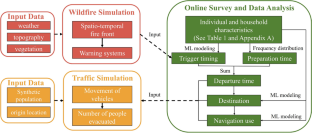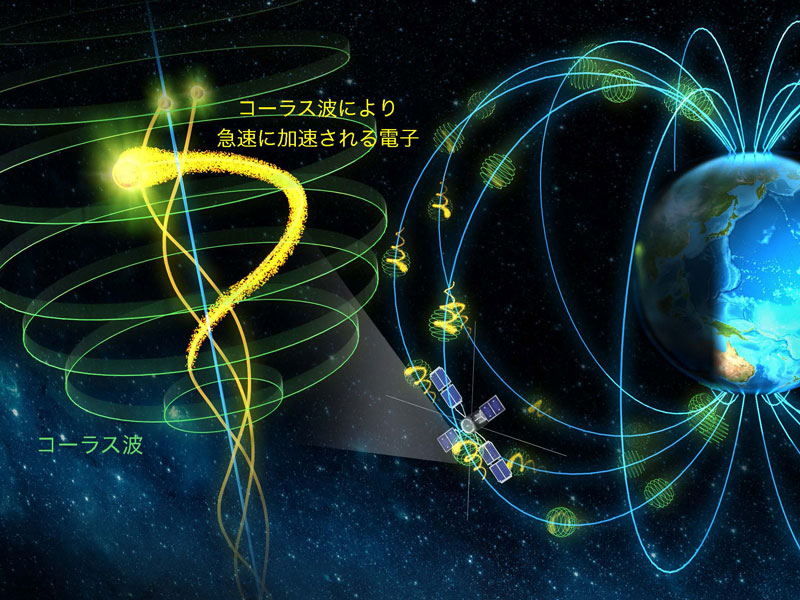2025-01-15 ワシントン州立大学 (WSU)
<関連情報>
- https://news.wsu.edu/news/2025/01/15/researchers-work-to-improve-wildfire-evacuation-planning/
- https://link.springer.com/article/10.1007/s10694-024-01683-w
山火事時の避難行動を理解する: 避難者の行動に影響を与える主な要因を探り、意思決定のための予測モデルを開発する Understanding Evacuation Behavior During Wildfires: Exploring Key Factors Affecting Evacuee Behaviors and Developing Predictive Models for Decision-Making
Fangjiao Ma & Ji Yun Lee
Fire Technology Published:26 December 2024
DOI:https://doi.org/10.1007/s10694-024-01683-w

Abstract
Effective evacuation planning is an important issue for communities at great risk of wildfires. To develop a well-designed evacuation plan and save more lives, it is essential to understand individual evacuation preferences, behaviors, and decisions during a wildfire. This paper collected empirical data and developed data-driven predictive models for various en-route choices during a wildfire evacuation. First, a web-based stated preference survey was conducted targeting California, Oregon, and Colorado residents. A total of 732 valid responses were collected and analyzed to examine (a) evacuee responses to various levels of evacuation triggers, (b) destination choice, (c) preparation times, and (d) the use of GPS navigation during an evacuation. While these decision variables serve as necessary inputs to traffic and evacuation simulation and provide insight into effective staged evacuation planning, they have received limited attention in the field. To enhance the utilization and applicability of the improved understanding of these evacuation decisions, data-driven predictive models were developed using both conventional statistical modeling and machine learning (ML) algorithms. Through comparative analysis, it was observed that ML algorithms exhibited superior performance compared to conventional statistical models in accurately predicting individual decisions during evacuations. These findings suggested that ML-empowered predictive models were more suitable for traffic and evacuation simulation. Finally, these predictive models were used in simulating individual evacuation decisions during the Tick Fire in Santa Clarita, California, to showcase how simulation results can be used to estimate evacuation decisions at both the aggregate and disaggregate levels, ultimately aiding emergency managers in designing effective evacuation planning.



